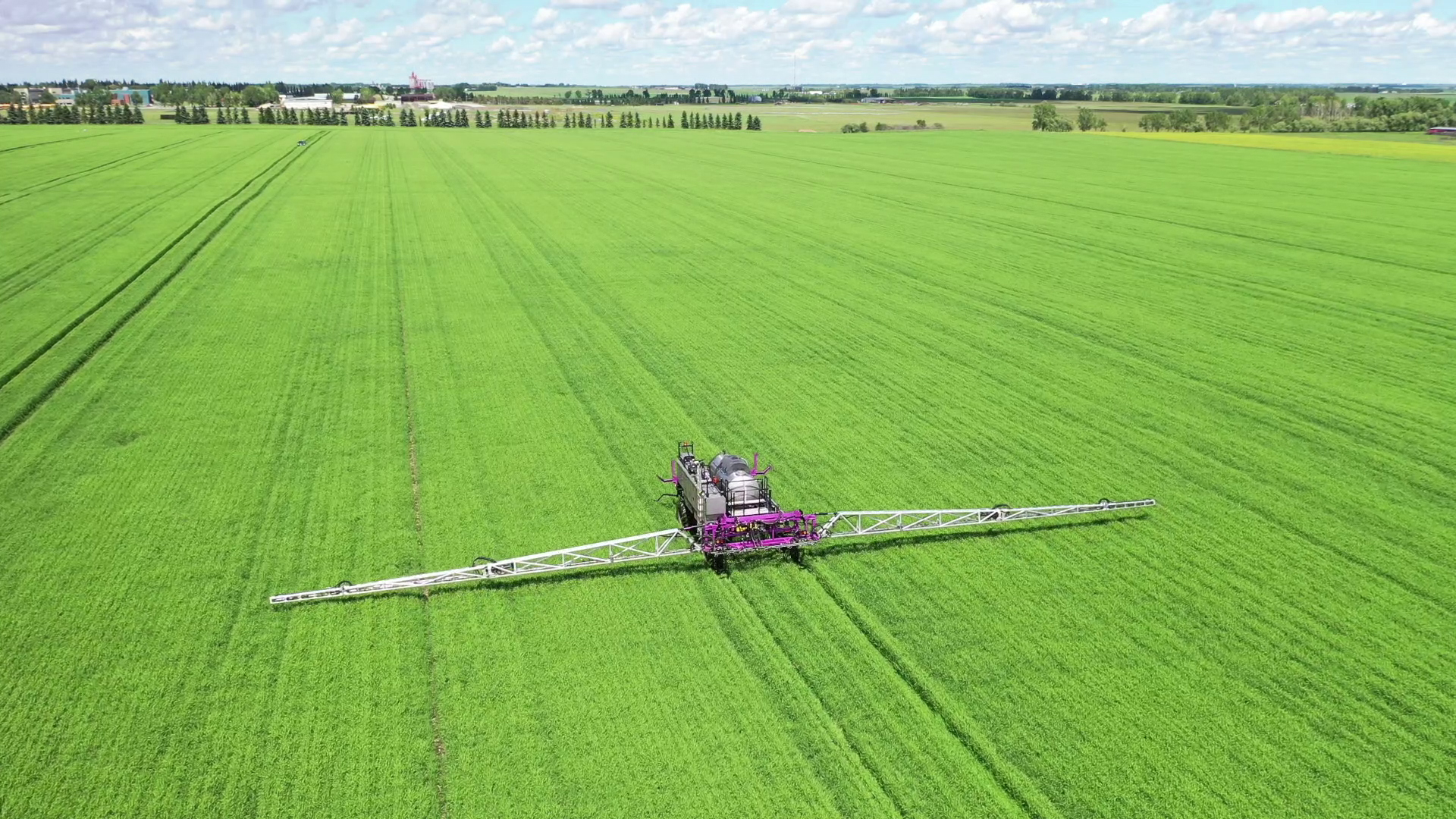TAMPA, Fla. — Wyvern has secured funds for deployable optics technology that the Canadian startup believes is key to creating a thriving commercial marketplace for hyperspectral imagery.
Following a mix of private and Canadian government funding, Wyvern has raised a total $7.65 million to develop a folding telescope that will allow it to pack more performance into smaller, cheaper-to-launch hyperspectral imaging satellites.
By using deployable optics that can conform to cubesat standards, Wyvern aims to remove cost barriers to provide hyperspectral solutions that have traditionally focused on the defense market to commercial customers for the first time, according to co-founder and chief operating officer Callie Lissinna.
“With deployable optics we will achieve imaging performance as if our satellites cost a hundred times more than they do,” Lissinna told SpaceNews in an interview.
“This is what enables us to offer high-resolution hyperspectral imaging at affordable prices that the market hasn’t seen before.”
Lissinna declined to discuss pricing, but said Wyvern has a provisional U.S. patent for “unique deployable optics technology” after investing heavily in research over the last four years.
“Earth observation companies focused on defense markets don’t face the same pressure to overcome cost barriers as those also tackling commercial markets, like Wyvern,” she noted.
Funding progress
Lissinna said an investment Wyvern announced Feb. 7 from Sustainable Development Technology Canada (SDTC), a Canadian government foundation that supports environmentally promising technologies, funds a “significant amount of what we need to get the first deployable optics satellite into space, and launching a deployable optics satellite is part of the scope of our SDTC project.”
She said the technology is still being developed in the startup’s facilities in Edmonton, Alberta, on a timeline that “puts the earliest potential launch in late 2023.”
According to SDTC, it invested 4 million Canadian dollars ($3.2 million) in the startup because hyperspectral monitoring could help Canada reduce agriculture emissions.
The SDTC money is in addition to $4.5 million Wyvern recently disclosed raising last year.
Lissinna expects the first satellite equipped with Wyvern’s proprietary deployable optics will launch “likely sometime in 2023,” ahead of a constellation of 36 satellites “in the next few years.”
However, Scotland-based Clyde Space is currently building three 6U cubesats for Wyvern without an unfolding telescope, which Lissinna said will launch on a rideshare mission in the fourth quarter of this year.
“The objective with these first three satellites is to get data out to our customers as soon as possible, shake down our data pipeline and image processing software, and serve the agriculture market with valuable hyperspectral data that is not accessible to the market today,” she said.
But “without deployable optics on a cubesat, you’re looking at a 5-meter ground sampling distance,” she added.
“With the deployable optics we can achieve sub-3-meter ground sampling distance, and maintain the image quality at the same time that’s needed for it to be really useful for analytics.”
Foldable technology
A bigger telescope is able to direct more light with mirrors to hyperspectral sensors that improve resolution, and also increase magnification levels through longer focal lengths.
Unlike deployable optics on NASA’s $10 billion James Webb Space Telescope that launched Dec. 25, Wyvern’s technology is designed to fit on much smaller satellites that Lissinna said enable missions that “are significantly lower cost and have shorter timelines.”
According to Lissinna, other commercial imaging spacecraft with deployable optics, including synthetic aperture radar (SAR) satellites, cannot capture imagery in the visible or infrared regions of the spectrum.
“Deployable SAR satellites do not capture any of the valuable spectral information to measure the chemistry of the scenes they are imaging,” she added.
She said the unfolding telescope technology will also support “a broader range of applications on Earth, beyond agriculture, because of the increased capabilities of that imaging payload.”
While the initial satellites aim to provide hyperspectral services in 32 bands, she said its deployable telescope would enable imagery in more bands in an expanded wavelength range.
To achieve the same performance without deployable optics, Lissinna said the satellite would need to have one hundred times the mass.
Future Wyvern satellites will be cubesats of different sizes for different mission needs, she added, with some smaller and others larger than the three slated to launch this year.
Emerging Hyperspectral competition
Virginia-based HySpeqIQ, a hyperspectral imagery startup with an initial focus on the defense market, plans to start deploying a constellation of up to 12 small satellites next year, CEO John DeBlasio said in an email.
DeBlasio said its satellites aim to provide sub-5-meter resolution across 105 bands.
HySpecIQ selected York Space Systems in November to provide the bus and integration services for the 400-kilogram satellites, which are based on York’s LX-Class platform.
HySpecIQ was founded in 2013 with a focus on government applications for hyperspectral data, and won a National Reconnaissance Office study contract in 2019.
However, the venture announced the appointment Feb. 9 of business development veteran Todd Woods, who as global director of partnerships and marketing will be responsible for expanding “HySpecIQ’s commercial-sector clientele.”
In September, the company announced a $20 million investment from billionaire venture capitalist Peter Thiel to accelerate its business plans.
